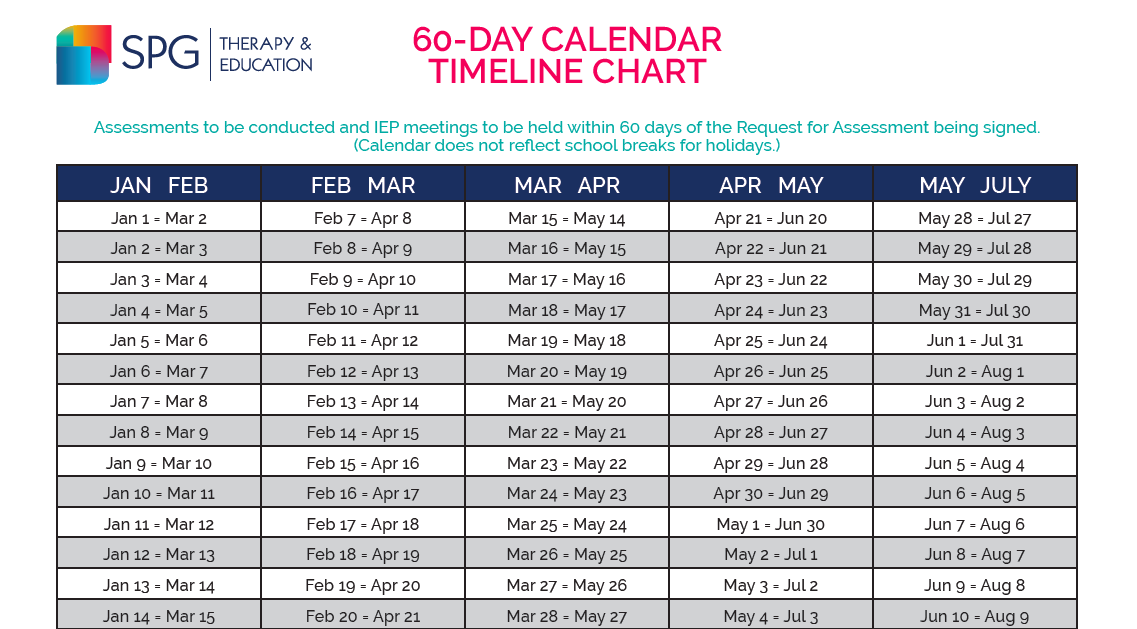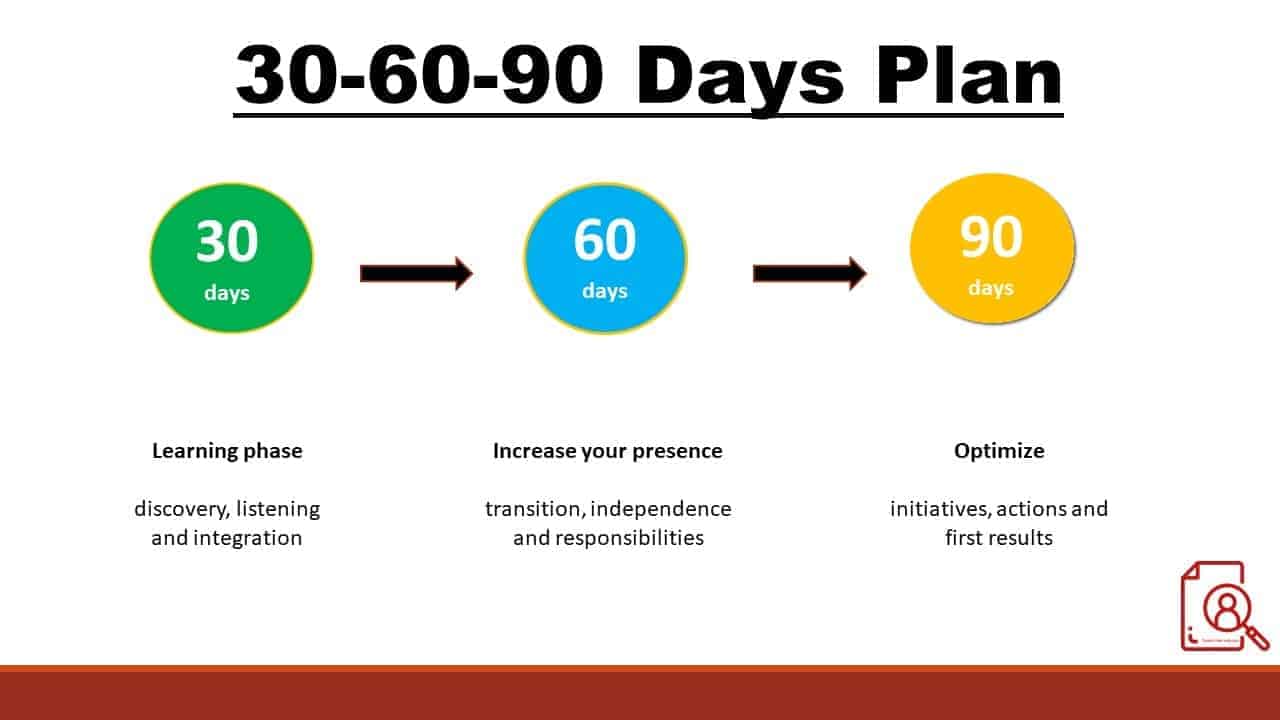60 Days After June 30 2024

The late summer sun casts a golden hue over community gardens, where tomatoes ripen on the vine and children chase butterflies, their laughter echoing through the rows of corn. It's a scene of tranquil normalcy, yet beneath the surface, a quiet hum of adaptation vibrates. Sixty days have passed since June 30th, 2024, a date that quietly marked a significant, though often overlooked, shift in the landscape of certain government programs and initiatives.
This date, while not plastered across headlines, signaled the sunset of several temporary provisions enacted during the COVID-19 pandemic and related legislation. While some adjustments were seamlessly absorbed, others have prompted community discussions and innovative solutions, highlighting the resilience and adaptability of the American spirit.
The End of an Era: Pandemic-Era Programs Sunset
The COVID-19 pandemic, a period that profoundly reshaped daily life, triggered a series of unprecedented government interventions aimed at cushioning the economic blow. These measures, ranging from enhanced unemployment benefits to expanded food assistance programs, provided a lifeline to millions.
Many of these programs were designed with expiration dates tied to the official end of the public health emergency or specific calendar milestones, June 30th, 2024, marking the end for several key provisions.
SNAP Benefits Adjustment
One significant change involves adjustments to the Supplemental Nutrition Assistance Program (SNAP). During the pandemic, many states received waivers that allowed for increased benefit amounts and expanded eligibility criteria.
These temporary increases have now concluded, reverting benefit levels back to pre-pandemic formulas. This has presented a challenge for some families, particularly those already grappling with rising food costs due to inflation.
Data from the USDA's Food and Nutrition Service indicates that while SNAP enrollment saw a significant surge during the pandemic, participation rates are gradually returning to more typical levels. However, the need for food assistance remains elevated compared to pre-pandemic figures.
Childcare Assistance
Another critical area affected is childcare assistance. The pandemic exacerbated the childcare crisis, with closures and capacity restrictions impacting working families.
Emergency funding helped stabilize the childcare sector and provide subsidies to parents. With the expiration of these funds, some childcare providers are facing financial strain, potentially leading to increased costs or reduced availability for families.
A report by the National Association for the Education of Young Children (NAEYC) highlights the ongoing challenges in the childcare sector, emphasizing the need for sustainable long-term funding solutions to ensure access to affordable and quality care.
Community Response and Innovative Solutions
While the sunset of these programs has presented challenges, it has also sparked a wave of community-led initiatives and innovative solutions. Local organizations, non-profits, and individuals are stepping up to fill the gaps and support those in need.
Food banks and pantries have seen an increase in demand, prompting them to expand their operations and explore new partnerships to meet the growing need. Community gardens are flourishing, providing fresh produce to families and fostering a sense of self-sufficiency.
In some areas, local governments are investing in innovative programs, such as mobile food markets that bring affordable groceries to underserved communities. These efforts demonstrate a commitment to ensuring that no one is left behind.
The Rise of Mutual Aid Networks
The spirit of mutual aid, where community members support each other directly, has gained momentum. Online platforms and local networks are connecting individuals with resources and assistance, fostering a sense of solidarity and collective responsibility.
These networks facilitate the sharing of information, goods, and services, empowering individuals to address their needs in a collaborative and decentralized manner. This decentralized approach allows for targeted support and quick responses to emerging challenges.
Dr. Maria Rodriguez, a sociologist specializing in community resilience, notes that "mutual aid networks are not just about providing assistance; they are about building social connections and fostering a sense of belonging, which is crucial for long-term well-being."
Focus on Long-Term Solutions
The expiration of temporary programs has also prompted discussions about long-term solutions to address systemic issues such as poverty, food insecurity, and childcare affordability. Advocates are calling for policy changes that will create a more equitable and sustainable social safety net.
These efforts include advocating for increased minimum wages, expanded access to affordable housing, and universal childcare. The goal is to create a society where everyone has the opportunity to thrive, regardless of their circumstances.
"The sunset of these programs should serve as a wake-up call," says Sarah Chen, a policy analyst at the Center for Budget and Policy Priorities. "We need to move beyond temporary fixes and invest in long-term solutions that address the root causes of inequality."
Looking Ahead: A Call for Continued Collaboration
Sixty days after June 30th, 2024, the landscape has shifted, but the story is far from over. The challenges remain real, but so does the resilience and ingenuity of the American people.
The path forward requires continued collaboration between government, community organizations, and individuals. By working together, we can create a more just and equitable society where everyone has the opportunity to reach their full potential.
As the summer sun continues its descent, casting long shadows across the land, it serves as a reminder that even in the face of adversity, hope and community spirit can illuminate the way forward. The seeds of resilience have been sown; now, it's up to us to nurture them and ensure they blossom into a brighter future for all.

















